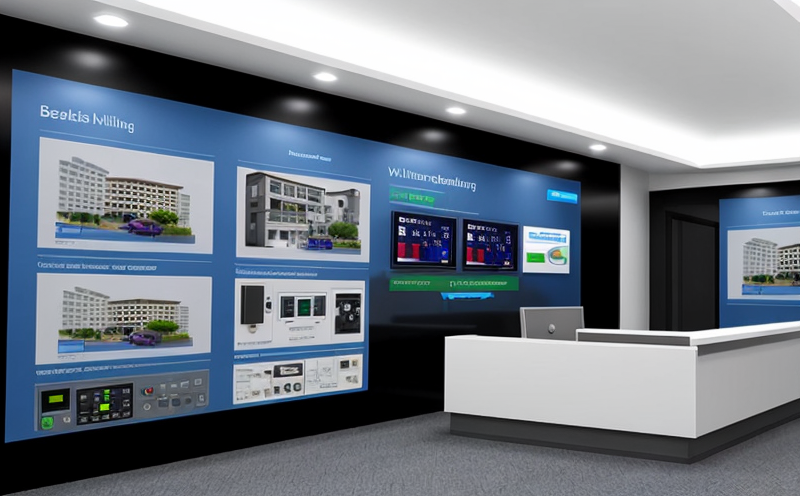Smart Building & Automation Systems Testing
The integration of smart technologies into buildings and infrastructure has revolutionized how we design, operate, and maintain structures. Smart building systems encompass a wide range of integrated technologies that optimize energy consumption, enhance comfort, improve security, and reduce costs through automation. This service focuses on the comprehensive testing required to ensure these systems function reliably and meet stringent standards.
Testing plays a critical role in ensuring the integrity and safety of smart building systems. The testing process involves rigorous evaluation of components such as HVAC systems, lighting controls, security systems, and communication networks. Our team uses advanced instrumentation and software tools to simulate real-world conditions and validate system performance under various scenarios.
For instance, our testing facilities include environmental chambers that can replicate extreme weather conditions, ensuring that the automation systems perform optimally in all environments. We also employ sophisticated data analytics to monitor system behavior over extended periods, identifying potential issues before they become critical failures.
The importance of this service cannot be overstated. In a rapidly evolving technological landscape, smart building systems must adhere to strict standards and regulations. Our testing ensures that these systems not only meet but exceed industry expectations, providing clients with peace of mind regarding their investments in cutting-edge technology.
Applied Standards
Our approach to Smart Building & Automation Systems Testing is guided by a comprehensive suite of international standards that ensure consistency and reliability across projects. These include:
Scope and Methodology
| Aspect | Description |
|---|---|
| Component Testing | We perform detailed testing of individual components such as sensors, actuators, and controllers. This ensures that each element operates within specified performance parameters. |
| Integration Testing | Once components are tested individually, we integrate them into a functional system to ensure seamless communication and operation. This step identifies any discrepancies in interoperability and data exchange. |
| Performance Testing | This involves simulating real-world scenarios to assess the system's ability to handle peak loads, respond to emergencies, and maintain optimal performance over time. |
Use Cases and Application Examples
Smart building systems are increasingly being deployed in various sectors such as commercial, residential, and industrial buildings. Below are some practical use cases:
- Commercial Buildings: Automated lighting control systems that adjust brightness based on natural light levels to reduce energy consumption.
- Residential Homes: Smart thermostats that learn user preferences and optimize heating/cooling schedules for maximum efficiency.
- Industrial Facilities: Integration of building automation with industrial control systems to enhance safety and operational efficiency.





